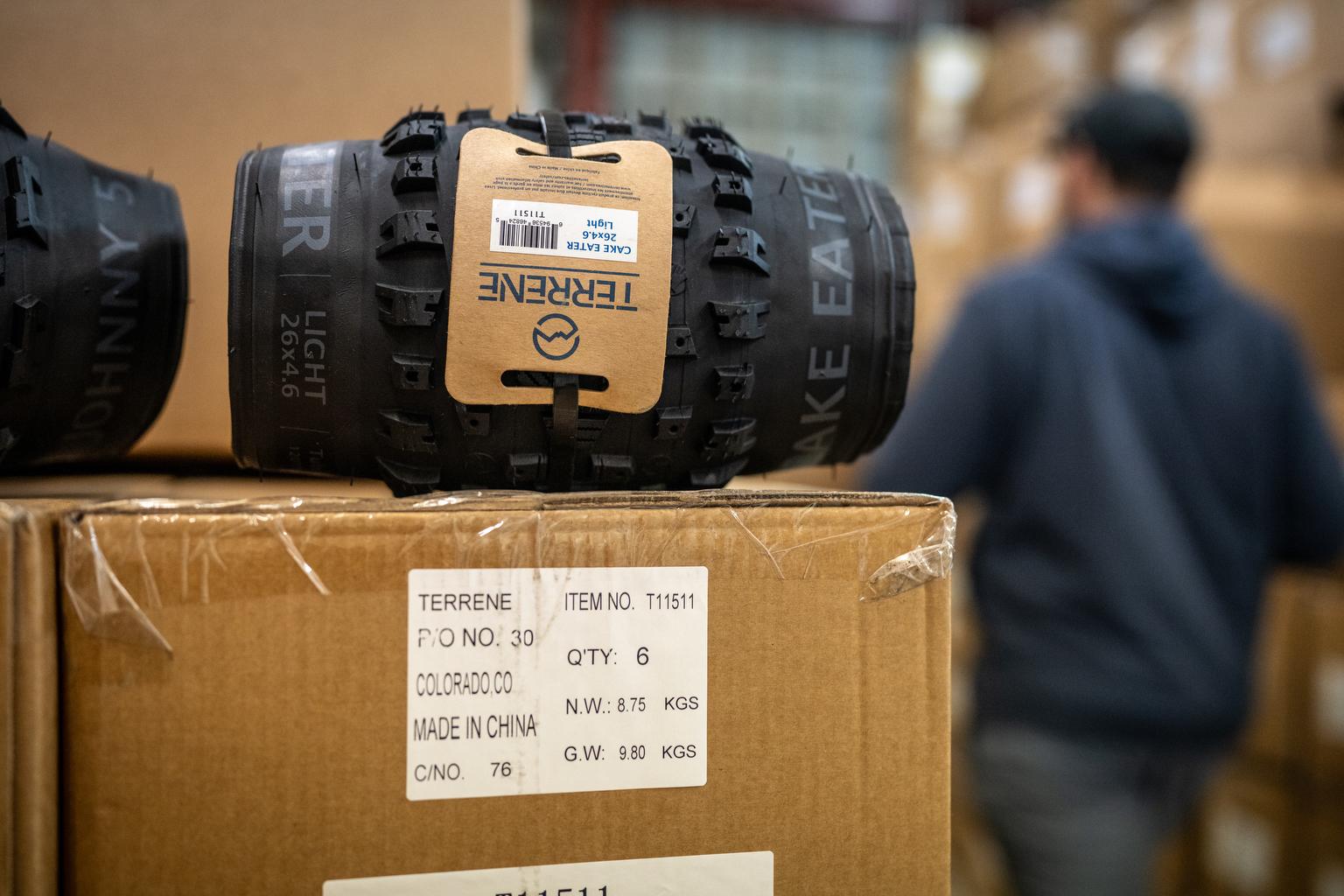
Winter die-off for big game animals in Northwest Colorado could reach levels not seen in four decades.
As much of the state celebrates near-record snowpack levels, wildlife managers in Moffat and Rio Blanco counties worry harsh winter conditions threaten some of the state’s richest elk and deer herds.
“Unfortunately, right now, and specifically in that Northwest corner of our state — so Craig, Maybell, Rangely. They’re getting hit pretty hard,” Rachael Gonzales, a spokesperson with Colorado Parks and Wildlife, said. “A lot of people know that area is known for its wildlife. We’re talking upwards of over 50,000 animals. It’s some of the area that has the largest elk herds in the area. And they’re seeing an exceptionally hard winter.”
The winter is likely to impact the fall hunting season, a major economic driver in the region, which has some of the most coveted elk hunting territory in the state.
Dense, deep snow
Gonzales said parks and wildlife staff in the region have been comparing this winter to that of 1983/84. When the snow gets this deep, elk and deer need to work harder to get to food. This winter has been particularly hard because wind-drifted snow is more difficult for the animals to break through.
“The snow doesn’t help, the cold doesn’t help. But what’s really causing it is when you’re including that wind. You’re piling up snow where you’re already looking at 30 inches of snow and as that wind blows, you’re just piling on more,” Gonzales said. “But then it’s creating a very hard, crusted layer where animals are walking on top of it. It’s so hard that elk can’t even break through and when you think about an elk, this is a very large animal.”
It will be some time before wildlife managers know exactly how many animals will survive the winter. Because of the snow, animals have had to travel greater distances for food, which also means burning more calories and fat reserves.
Road hazards
All that snow has driven elk, deer and pronghorn antelope to congregate near highways. Roads can make for easier walking for the animals and plowed shoulders can open up patches of feed.
This puts animals at a greater risk of conflict with motorists and it’s already proven particularly damaging for antelope this year. Parks and Wildlife reported one incident in January where a semi-truck hit 35 pronghorn near the town of Dinosaur. A few days later, near Craig, a pickup truck hit another 18.
Gonzales said drivers need to be particularly careful on highways at dawn and dusk, when animals are most active.
“They’re doing everything that they can to conserve whatever fat and calories that they can” Gonzales said. “Winter has been tough but the next 60 to 90 days is critical for them. Especially for females, because most of them are in their third trimester right now. They’re using these roadways.”
Hope springs?
Adding to the pressure this winter put on the herds of Northwest Colorado are the persistent drought conditions the region has faced. Frankly, Gonzales said, these herds were already stressed before any snow fell, having faced prolonged drought in the summer and fall months.
Those conditions are likely to improve, however, when the snow begins to melt. The added water should bolster vegetation in the region and Gonzales said wildlife managers anticipate seeing water in springs that have been dry for consecutive years.
“It’s sad right now. And it feels like there’s a lot of death. There is that silver lining. We’re getting much needed moisture. Moisture that we haven’t seen in quite a while,” Gonzales said. “I know we all wish that maybe we’re good with snow and we’re done with snow but it is going to make even a small difference, but small is better than nothing.”
A curtailed hunting season
With significant cuts to area herd populations, wildlife managers are expected to propose cuts to the number of hunting licenses offered in the area for the fall.
Any cuts would be approved by the Parks and Wildlife Commission meeting in May.
“This has been a tough year for licenses setting in the Craig area,” Area Wildlife Manager Bill de Vergie said in a press release. “We know this impacts more than just CPW. These decisions also have impacts on hunters and the local economy, that’s what makes these decisions the hardest. My hope is they understand this isn’t something we wanted to do, it’s something we had to do.”
More wildlife coverage
- Rep. Lauren Boebert’s bill to delist gray wolves from the Endangered Species Act gets its first hearing
- Glaciers are melting. That’s sparked a mineral-licking resource war between Rocky Mountain goats and sheep
- What you should know before you gift a turtle, bearded dragon or gator this holiday season









